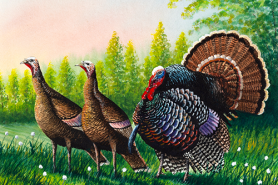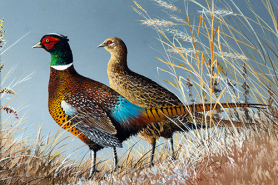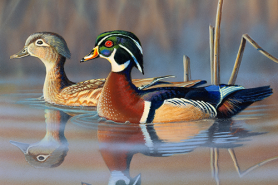Wildlife stamp design contest
For many years, Wisconsin's wild turkey, pheasant and waterfowl stamp programs have provided opportunities for wildlife and habitat management, with efforts directed toward key species. Turkey, pheasant and waterfowl hunters are required to purchase a species-specific stamp to legally harvest these game birds in Wisconsin.
Sales of these three stamps bring in hundreds of thousands of dollars annually for species management throughout the state, including habitat management, restoration, education and research projects.
Every other year, at the start of each fiscal biennium, there is a chance for nonprofit, conservation and non-government organizations, along with tribes and local, state and federal government agencies to apply for stamp funds. Eligible projects include habitat management, habitat restoration, education, outreach and research that directly benefit wild turkeys, pheasants and waterfowl.
Every year, local artists from around Wisconsin compete for the opportunity to have their artwork featured on the Wild Turkey, Pheasant and Wisconsin Waterfowl stamps. More information about the competition can be found in the "stamp design contest" tab below. Visit the Wildlife Collector stamp webpage to purchase a wildlife stamp and support habitat conservation in Wisconsin.
Stamp Design Contest
2026 contest rules
Contest Winners
- 2026 stamp design contest winners
- 2025 stamp design contest winners
- 2024 stamp design contest winners
- 2023 stamp design contest winners
2025 Wildlife Stamp Designs
2026 Wildlife Stamp Designs
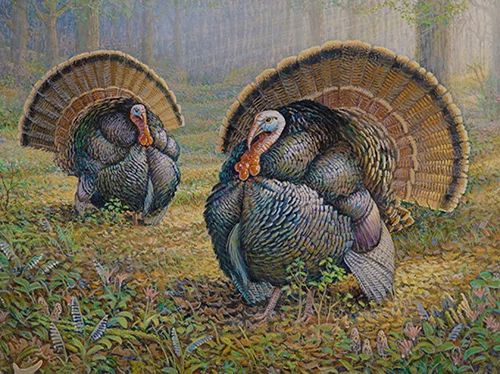 2026 Turkey Stamp Design by Sam Timm - $5.25
2026 Turkey Stamp Design by Sam Timm - $5.25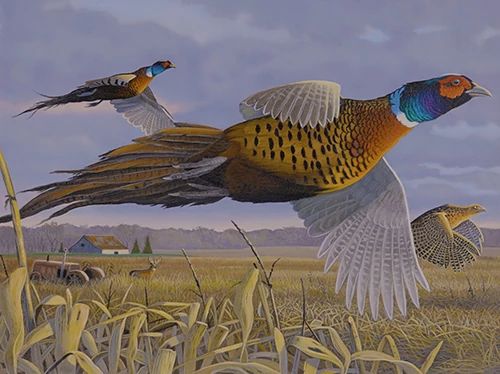 2026 Pheasant Stamp Design by Caleb Metrich - $10.00
2026 Pheasant Stamp Design by Caleb Metrich - $10.00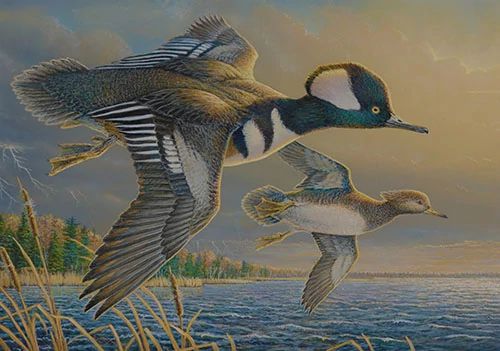 2026 Waterfowl Stamp Design by Sam Timm - $12.00
2026 Waterfowl Stamp Design by Sam Timm - $12.00Stamp Grant Opportunities
Visit our Stamp Grant Opportunities and Application webpage for more information on stamp funding opportunities.
For questions on stamp funding, contact:
- Wild Turkey: Krista Lutzke, Habitat Specialist at (920)851-7493 or krista.lutzke@wisconsin.gov.
- Pheasant: Mary C. Anderson, Grassland and Conservation Agriculture Specialist at (608) 220-2935 or maryc2.anderson@wisconsin.gov.
- Waterfowl: Jason Fleener, Wetland Habitat Specialist at 608-220-9023 or Jason.fleener@wisconsin.gov.

